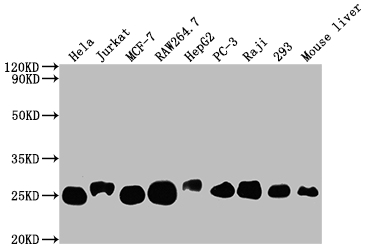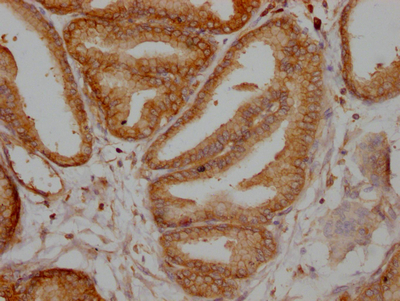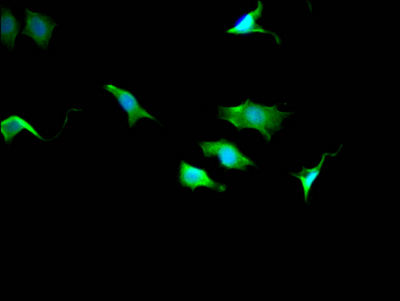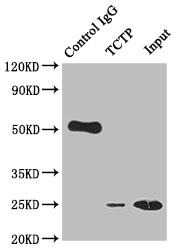TPT1 is a highly conserved protein abundantly present in all eukaryotic organisms, and it plays a role in nearly all of the biological processes that drive growth, stress response, and survival. TPT1 can be secreted to enhance basophil histamine production thus provoking allergic responses and inflammation. TPT1 is typically increased in malignancies, resulting in apoptosis inhibition, metastasis promotion, and anticancer therapy resistance. The pro-survival roles of TPT1 are manifested in multiple relevant aspects of tumorigenesis and malignant transformation, including genome stability, cell cycle, mechanisms of apoptosis, mitotic/meiotic progression, PI3K/AKT/TOR signaling, epithelial-mesenchymal Transformation (EMT), pluripotent stem cell induction and autophagy.
The recombinant TPT1 antibody expression is induced in mammalian cells transfected with a recombinant plasma vector. The recombinant plasma vector was constructed by inserting the gene coding for the antibody against TPT1 into the plasma. The recombinant TPT1 antibody was purified from the cell culture medium using Affinity-chromatography. It can react with samples containing TPT1 protein from Human, Mouse and has been validated for use in the ELISA, WB, IHC, IF, IP.









